-
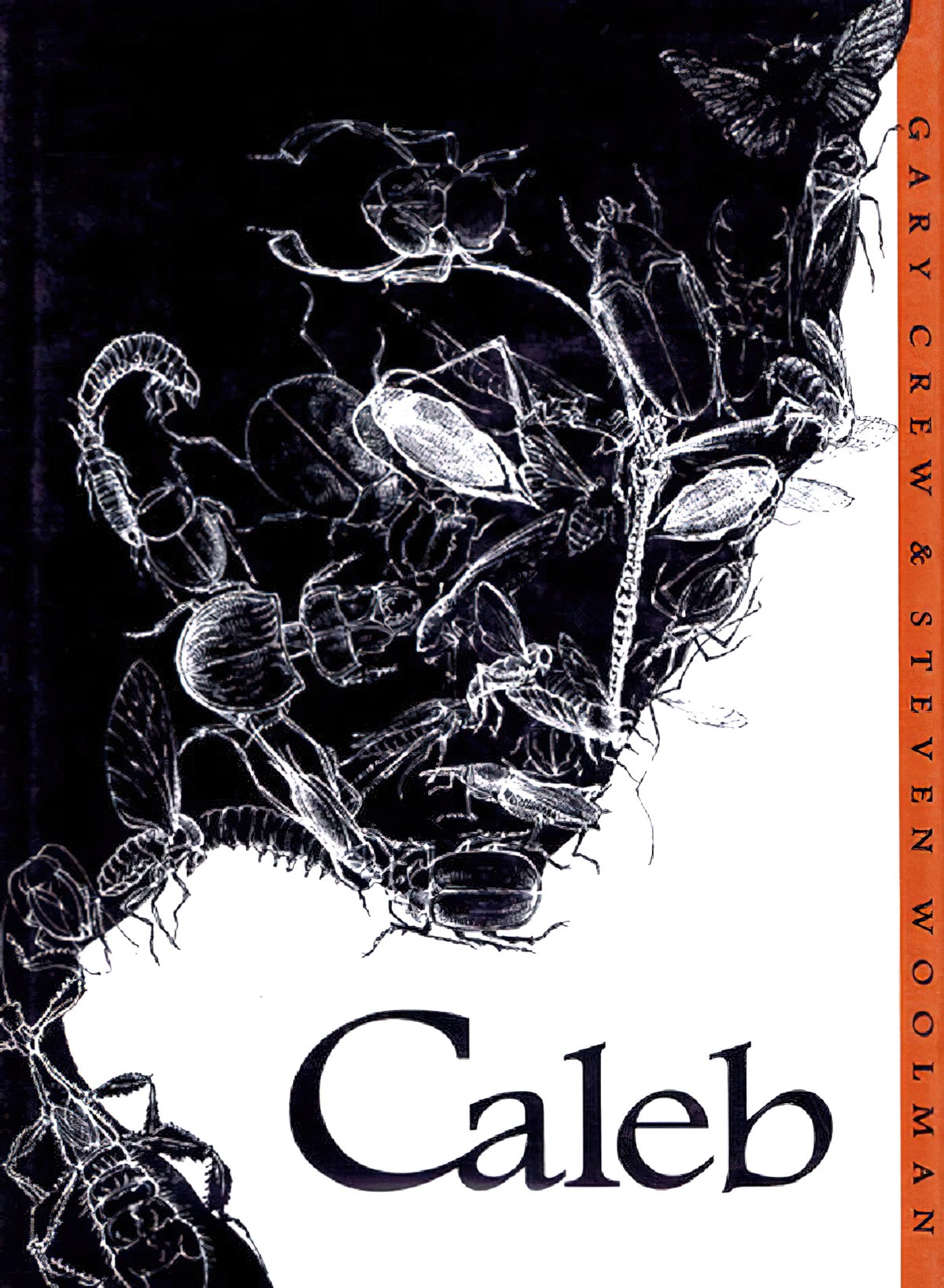
Caleb by Gary Crew and Steven Woolman Analysis
Caleb (1996) by Gary Crew and Steven Woolman is less picturebook (compound word), more ‘illustrated short story’ in typical picture book binding. In other words, the story could exist in its own right. The illustrations expand the story, sure, but unlike typical picture books for younger readers the words still make sense on their own.…
-
O City Of Broken Dreams by John Cheever Analysis
In “O City Of Broken Dreams” by John Cheever a stupidly optimistic Evarts Molloy writes the first act of a play then uproots his family and takes them to New York on thirty-five dollars, which to him seems like a huge sum. Everything in New York seems to glitter. The reader — more worldly than…
-
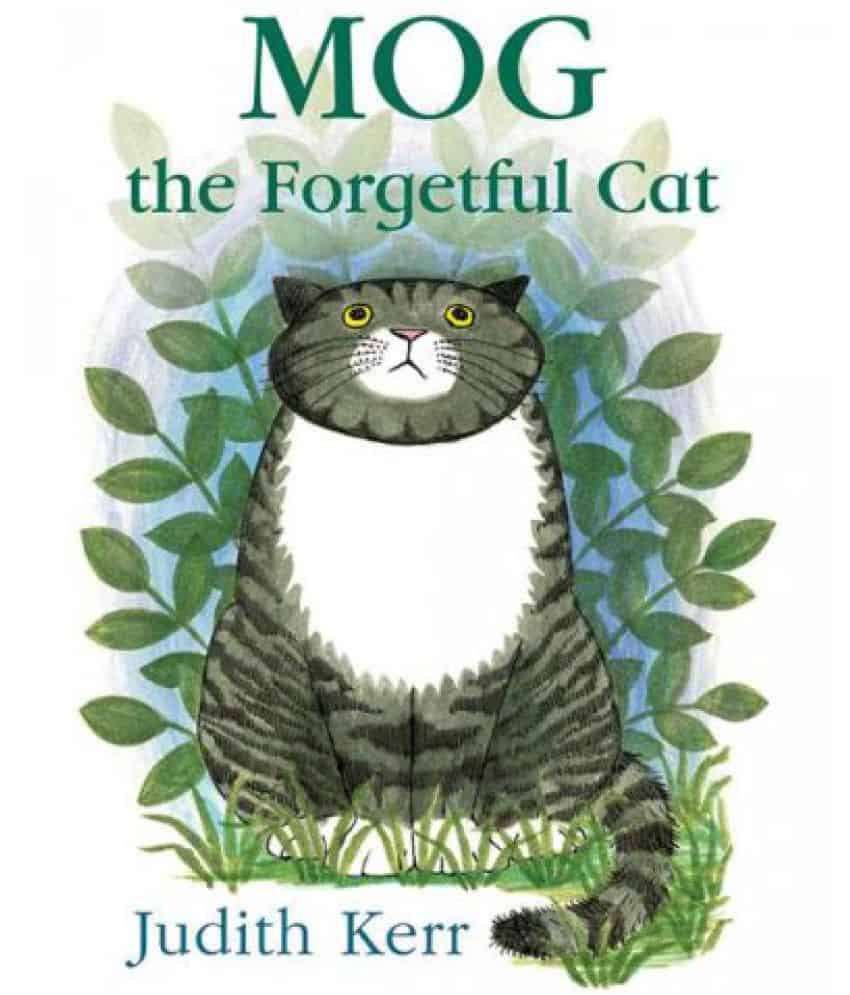
Mog The Forgetful Cat by Judith Kerr Analysis
Mog The Forgetful Cat is the story that introduced Mog to young readers at the beginning of the 1970s. You’ll see from the illustrations that this is a book of its time, with 1970s fashion and a traditional nuclear family set-up, including a population that, compared to modern day London, is overwhelmingly white. If there…
-
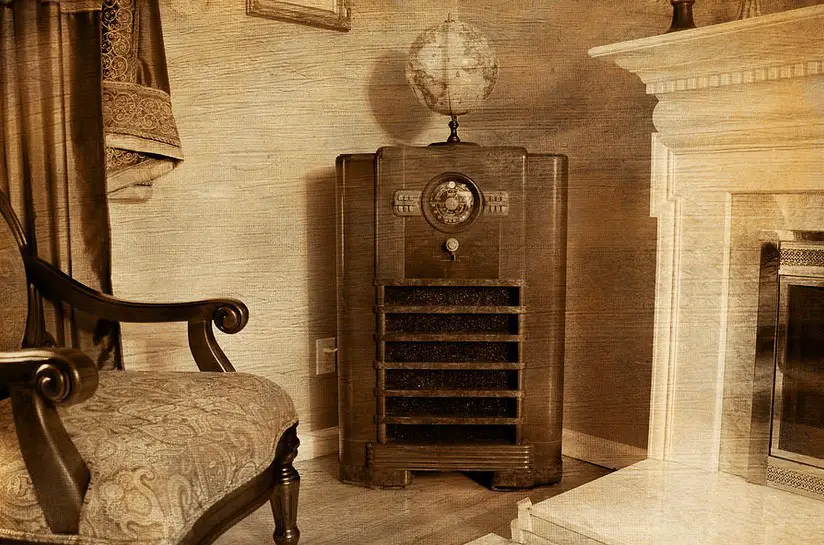
The Enormous Radio by John Cheever Analysis
When I was growing up my father knew a man whose hobby was to listen in to other people’s conversations on a radio you could get, but which I believe was illegal. Using this radio, it was possible to listen in on police conversations. He’d know before anyone else about accidents and domestic incidents, deaths and…
-
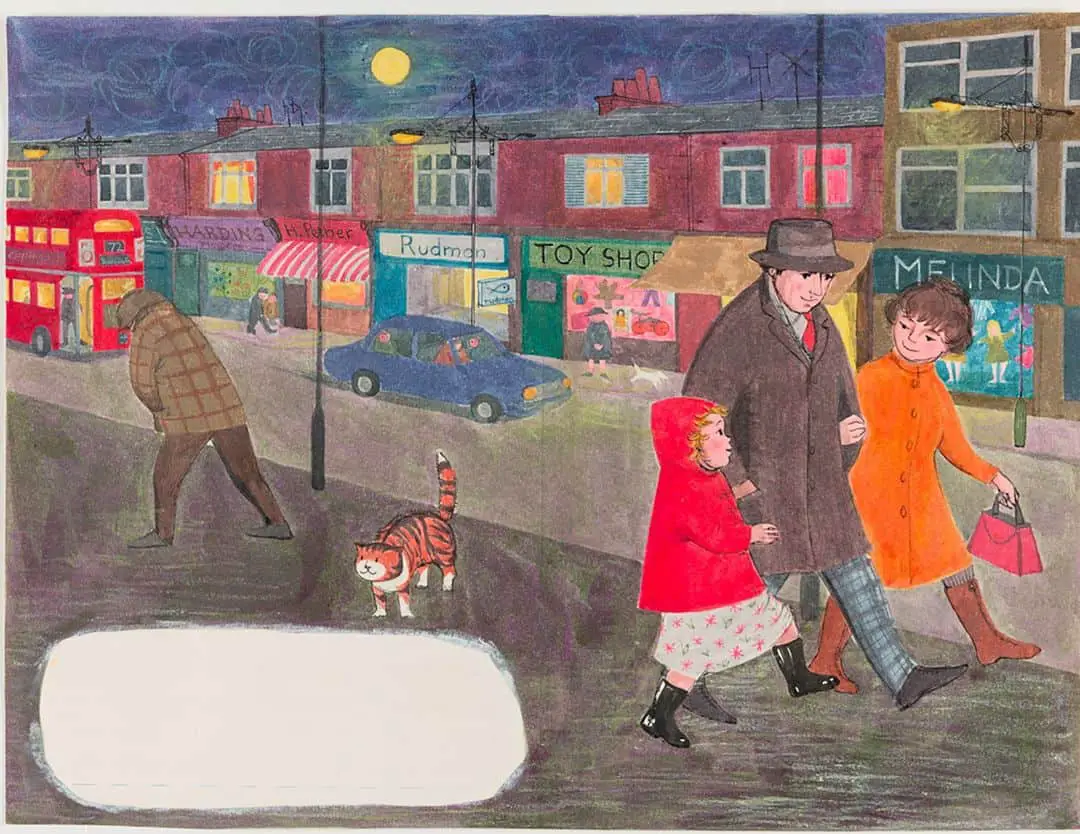
The Tiger Who Came To Tea by Judith Kerr Analysis
The Tiger Who Came To Tea (1968) is a picture book written and illustrated by British storyteller Judith Kerr.
-
The Cost Of Living by Mavis Gallant Analysis
This is the kind of subtle story which would make a terrible movie adaptation, except perhaps in the most subtle of hands. One character confronts another for some wrong-doing, and in one fell swoop the wrongdoer manages to sully the waters with ease, simply because she’s had so much practice. PLOT The first big chunk…
-
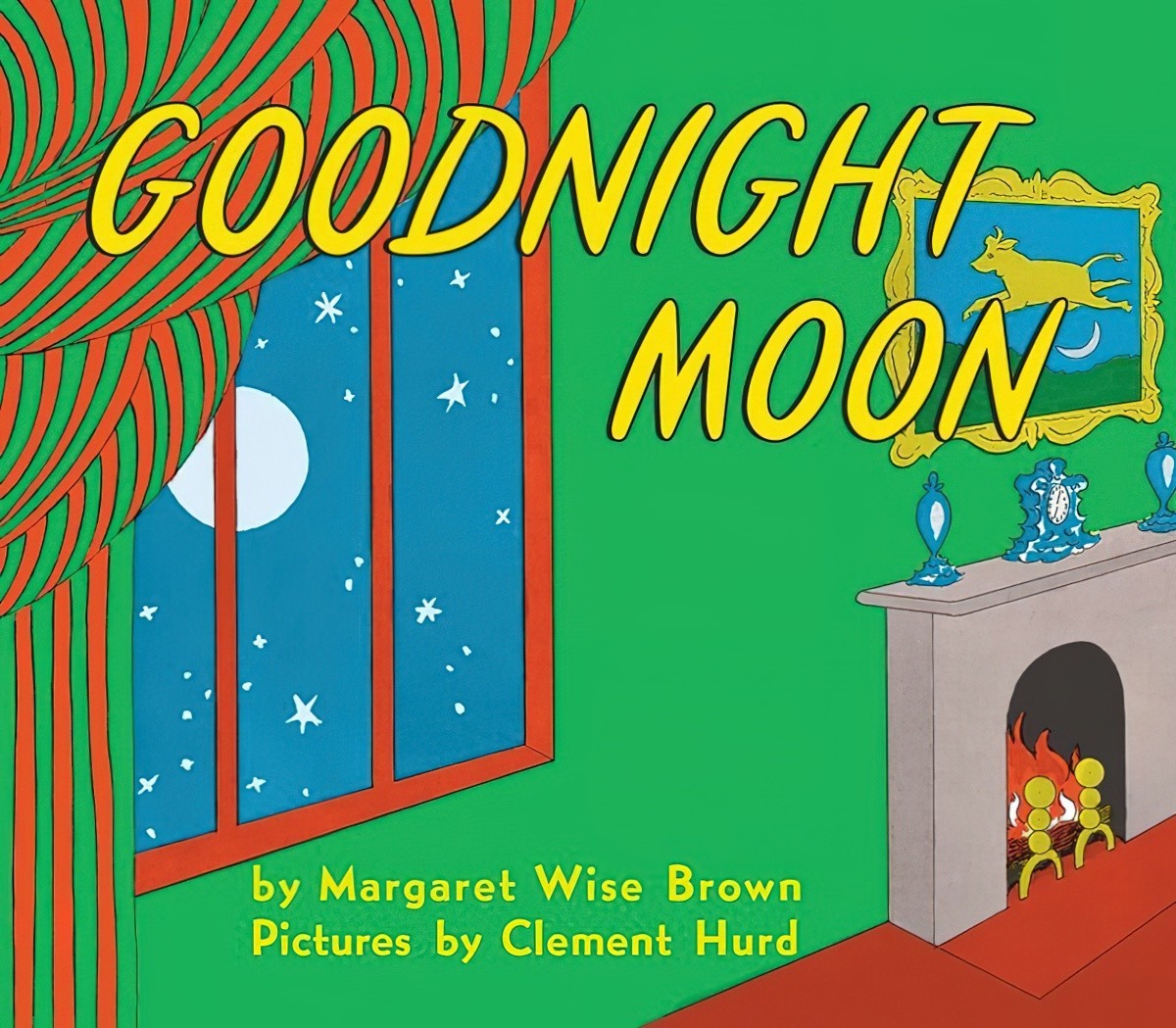
Goodnight Moon by Margaret Wise Brown Analysis
Goodnight Moon is an American picturebook classic, and is of particular interest because who would’ve thunk it? Margaret Wise Brown had a talent for creating odd-duck prose which went down a treat (and still does) with the preschool set. But is this book only of value for toddlers? Never. PARATEXT In a great green room, tucked away…
-
The Common Day by John Cheever Analysis
“The Common Day” is a slice of life story set around the time of the 20th Century world wars. Though this story was first published after WW2 had ended, the story is set in a time of unrest, when even the most cosseted upper-crust of New Hampshire can’t feel entirely at ease about the future.…
-
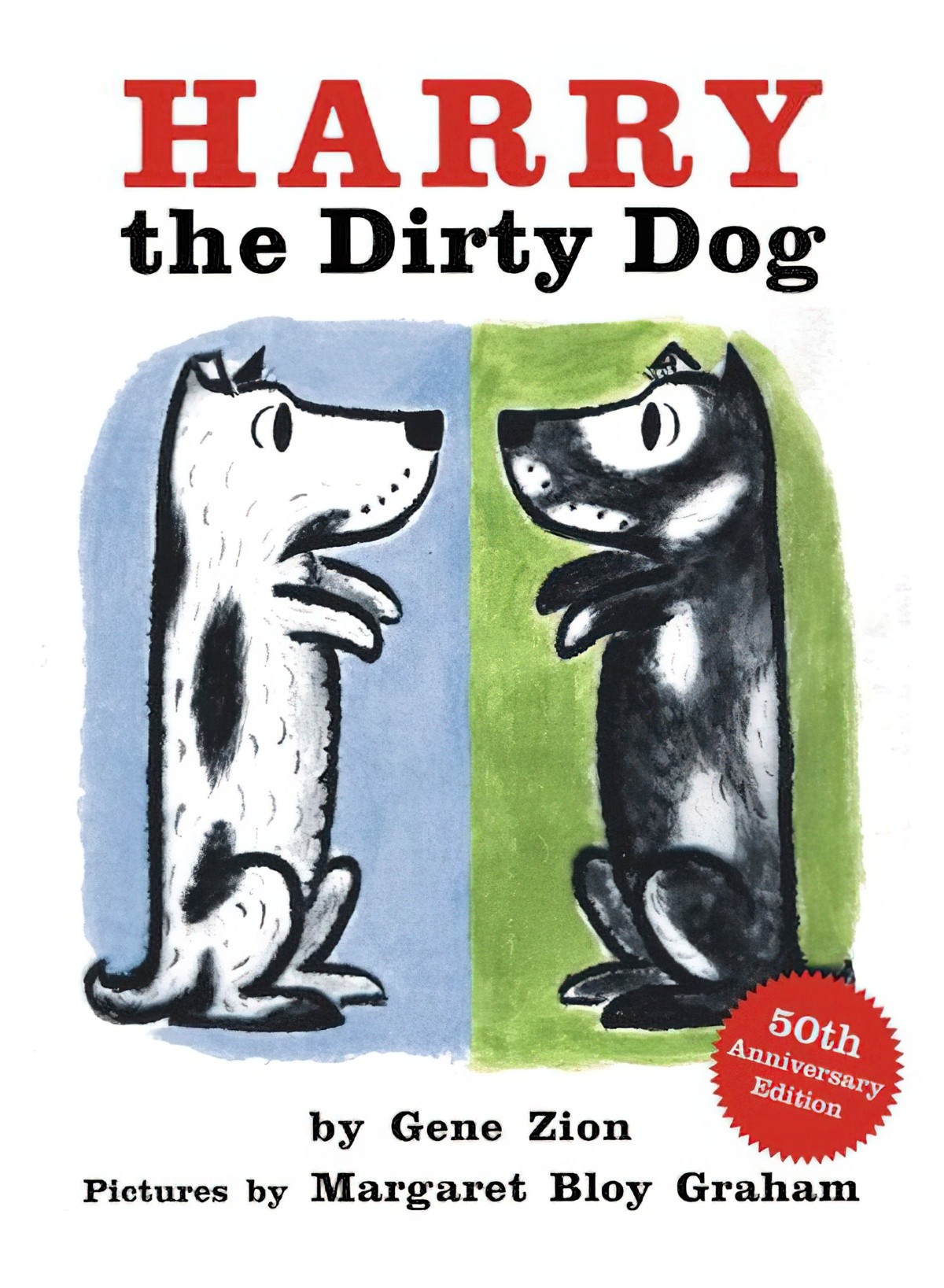
Harry The Dirty Dog by Gene Zion and Margaret Bloy Graham Analysis
Harry The Dirty Dog (1956) is a good example of what Bakhtin termed ‘the material bodily principle‘ — the human body and its concerns with food and drink (commonly in hyperbolic forms of gluttony and deprivation), sexuality (usually displaced into questions of undress) and excretion (usually displaced into opportunities for getting dirty). This book is also…
-
The Great Chain Of Being by Kim Edwards Analysis
You may recognise the author’s name from her bestselling The Memory Keeper’s Daughter, which was first published 8 years later in 2005. WHAT THE STORY IS ABOUT A girl feels overlooked because her important father gives names of significant family members to each of her siblings except to her. She tries in vain to win his…
-
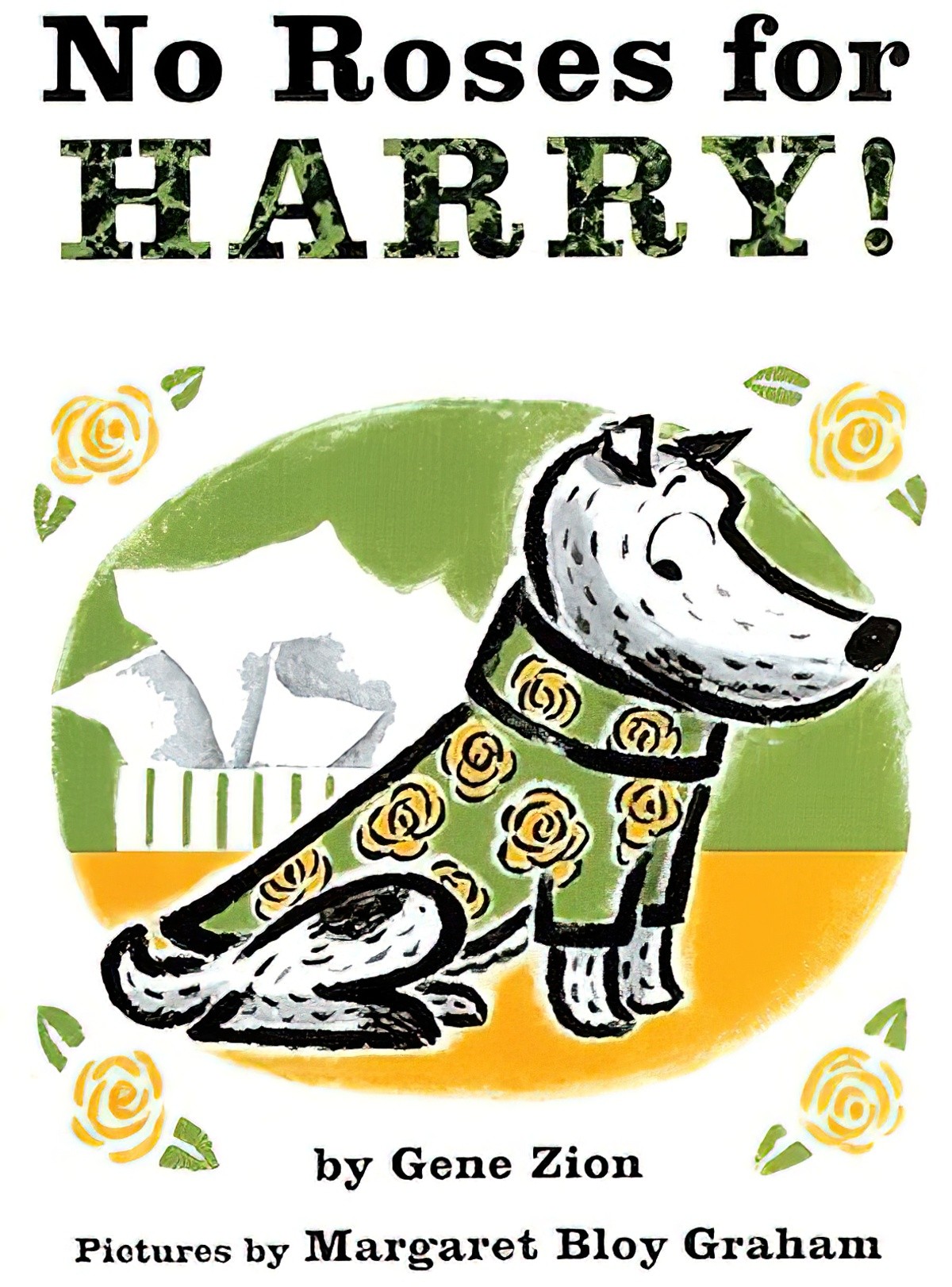
No Roses For Harry! by Gene Zion and Margaret Bloy Graham Analysis
No Roses For Harry by Gene Zion and Margaret Bloy Graham (1958) is a sequel to Harry The Dirty Dog. I like this story less due to its increasingly outdated message about masculinity. WHAT HAPPENS IN NO ROSES FOR HARRY Human grandmother sends partly anthropomorphised pet dog a coat for the dog’s birthday. The coat…
-
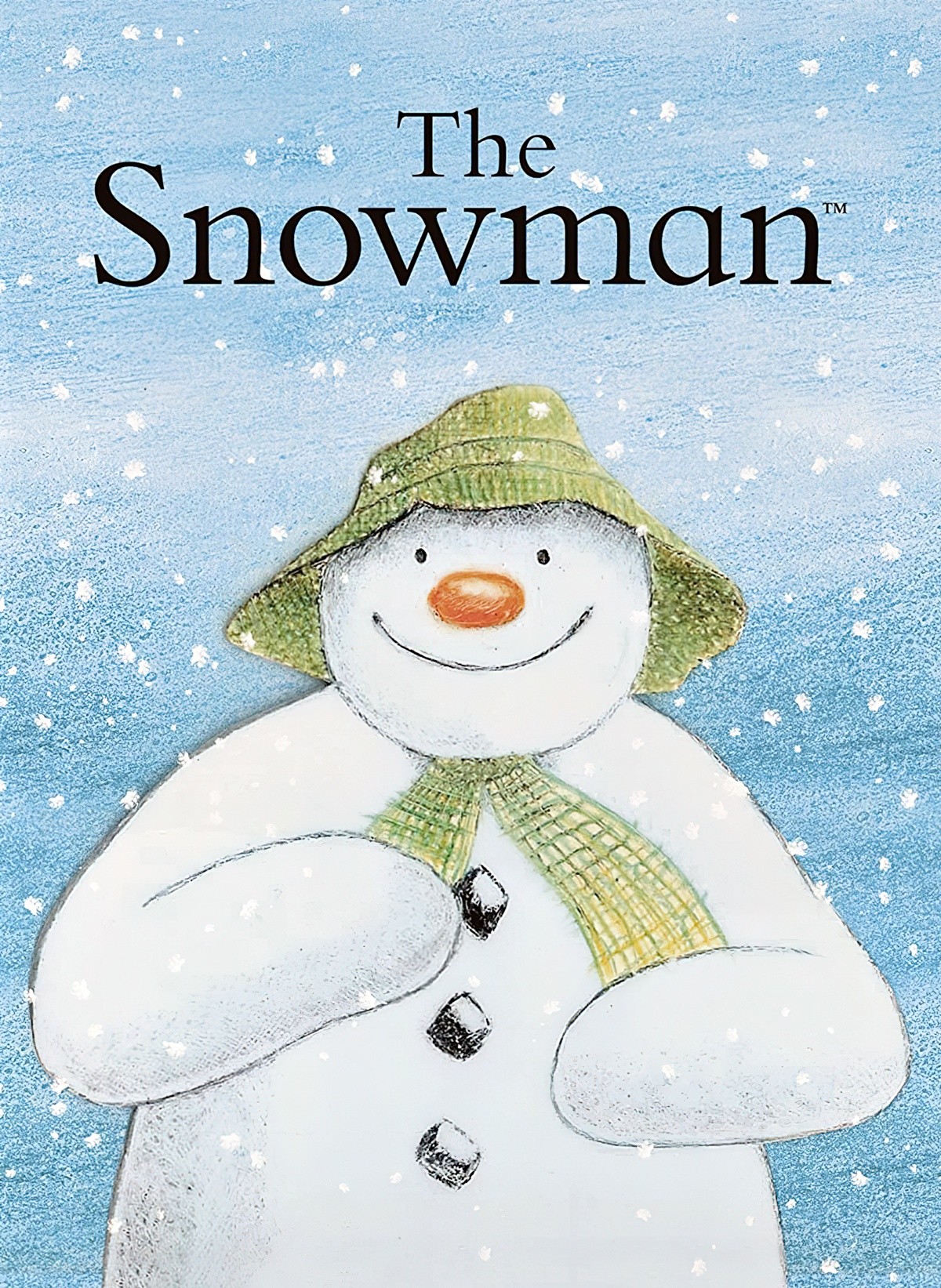
The Snowman by Raymond Briggs
This month I’m blogging a series aimed at teaching kids how to structure a story. This seven-step structure works for all forms of narrative. It works for picture books, songs, commercials, films and novels. Today I take a close look at The Snowman by Raymond Briggs.
-
Bernadette by Mavis Gallant Analysis
The idea of a strange, perhaps untrustworthy housemaid is particularly discomfiting to a middle class who can afford such luxury; we hate to think that we invite our own evil into our comfortable homes. An untrustworthy woman let into the home is a familiar trope in horror stories, and is the basis of Mavis Gallant’s short…
-
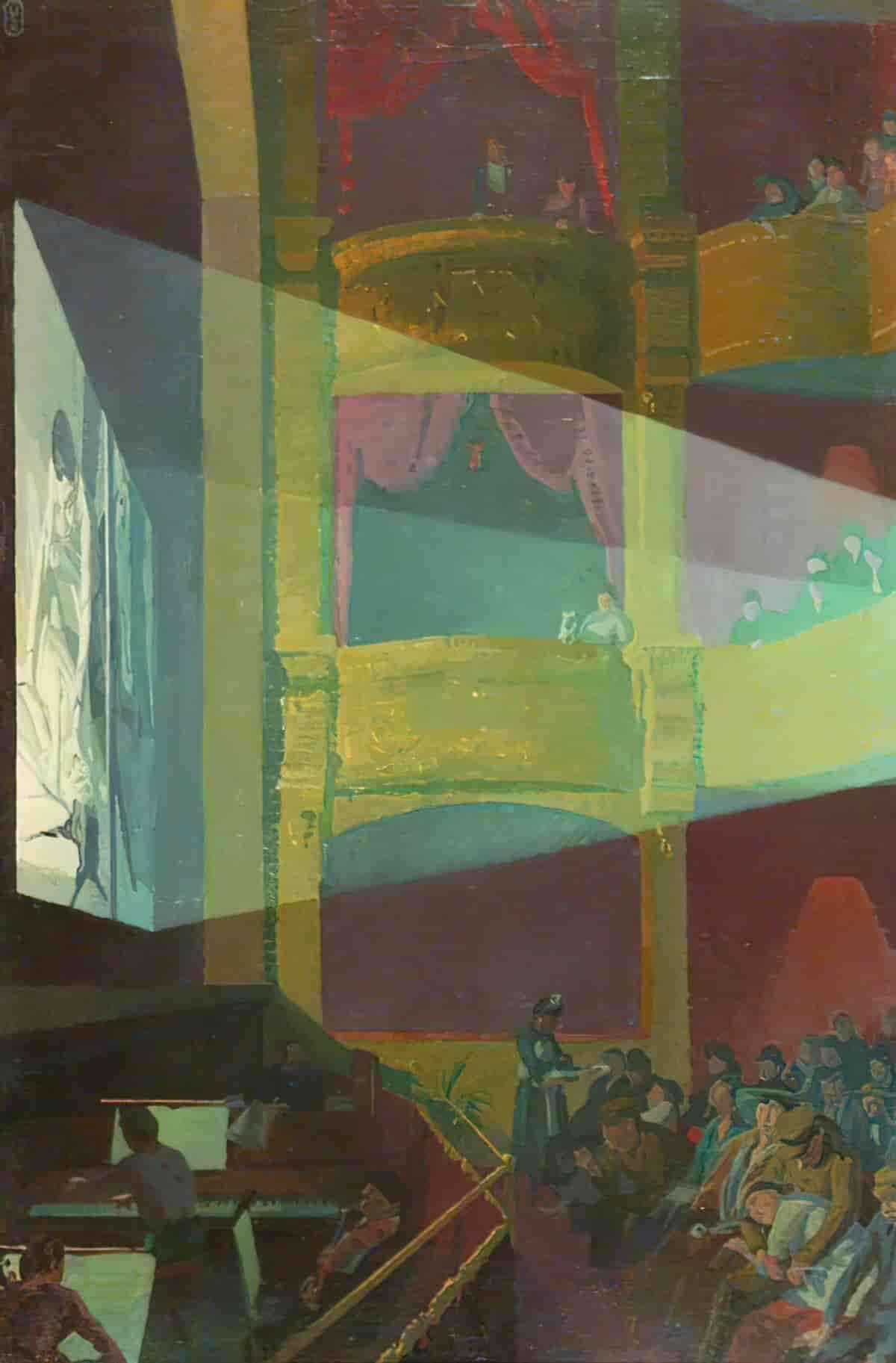
Stage and Cinematic Perspective In Art and Picture Books
The Stage Perspective books look almost as if we are looking at a story acted out on a stage. Cinematic picture books are influenced by film, and make use of various camera angles: high angle, low angle, worm’s eye view, establishing shot and so on.
-
Picturebook Study: The Glance Curve
The glance curve describes a Western reader’s tendency to read a picture from left to right. This affects how illustrators compose scenes. In relation to the perception of visual art, the German psychologist Mercedes Gaffron (1908-93) argued in 1950 that Western viewers unconsciously followed a basic perceptual path in looking at two-dimensional perspectival representations—a left-to-right…